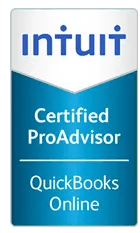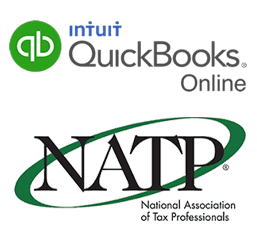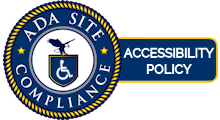Help Your High School Student Become Money Smart
reneedaggett • April 8, 2022

A dozen great topics!
Often lost in the race to get kids through high school and on to life in the real world are basic financial skills. Here are a dozen financial concepts to consider explaining to your kids before graduating high school.
How bank accounts work. While there are numerous online applications, consider using a good ol’ check register when teaching the basics of how to track and reconcile bank account activity.How credit cards work. Emphasize to your child that credit card spending actually creates a loan. Go through a monthly statement together and show how interest is calculated and stress the need to never carry a balance from month to month by showing how long it takes to pay off the debt with minimum payments.
Tax basics. When your child receives their first paycheck, walk through their paystub to explain Social Security and Medicare taxes, federal income tax withholdings, and state tax withholdings. If they receive a Form 1099 instead of a paycheck, consider opening a savings account and explain that they will need to set aside a certain percentage of their money to pay the IRS.
The power of a retirement account. Explain the advantages of long-term savings tools like an IRA. The wise saver can turn into a self-made millionaire by starting their retirement savings at a young age.
How credit scores work. Consider explaining how credit scores work and the importance of keeping their score at the highest level possible. If your child is like many young adults who currently doesn’t have a credit score, consider downloading your own credit report and walk through it with them.
Spend within your means. Saving first before spending is a simple concept that is becoming a lost art. Help your child understand this by setting their sights on something they want, and then help them save money to buy it.
The art of saving. Part of spending within your means implies that your child has healthy savings habits. Walk your child through the techniques that work for you. Perhaps it is setting up a separate savings account or automatic transfers from a paycheck.
The strength of investing. The most valuable investment a young person can make is in themselves. Whether it’s a college degree or a trade school diploma, your child can build tremendous value with skills that will provide a positive financial return each year.
Understanding of stocks and mutual funds. With an understanding of investments, consider teaching your child some of the basic investments available to them. Stocks and mutual funds are the most common, but also consider explaining bonds, CD’s, annuities and other investments.
Budgeting. Help your child create a basic budget, then help them track their savings and spending against this budget.
Cash flow. The hard way to learn the lesson of cash flow is when bill collectors are calling and there simply isn’t money to pay them. When creating an initial budget, show your child the flow of funds each month.
Calculation of net worth. Assets (what you own) minus liabilities (what you owe others) equals net worth. Every person has a net worth...even a child. So help them understand theirs and periodically calculate it.

The recent wildfires in Los Angeles County have devastated communities, leaving thousands dealing with property loss, displacement, and financial uncertainty. In response, both the IRS and the State of California have granted tax deadline extensions and financial relief to help individuals and businesses recover.

The new year is here, and with it comes an important deadline for business owners: January 31, 2025. If you’ve paid independent contractors, service providers, or freelancers $600 or more in 2024, you may need to file a 1099 form for them. With the deadline just weeks away, now is the time to get organized. Filing your 1099s on time not only avoids penalties but also keeps your business in good standing.

The requirements for filing Beneficial Ownership Information (BOI) reports under the Corporate Transparency Act (CTA) have shifted yet again. As of December 26, 2024, BOI filing is not currently required, following an order from the Fifth Circuit Court of Appeals that restored an injunction against enforcing the CTA. However, this situation remains fluid and could change on short notice.














